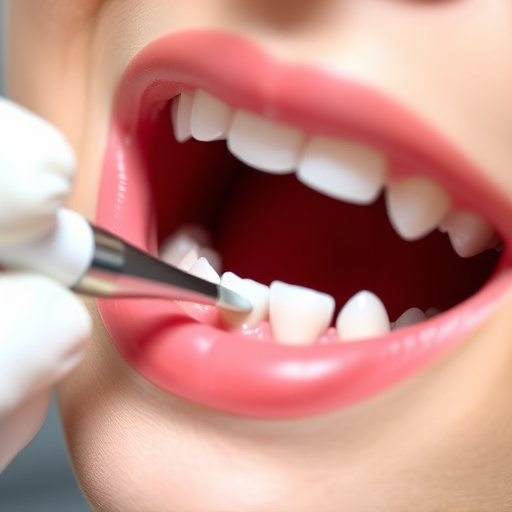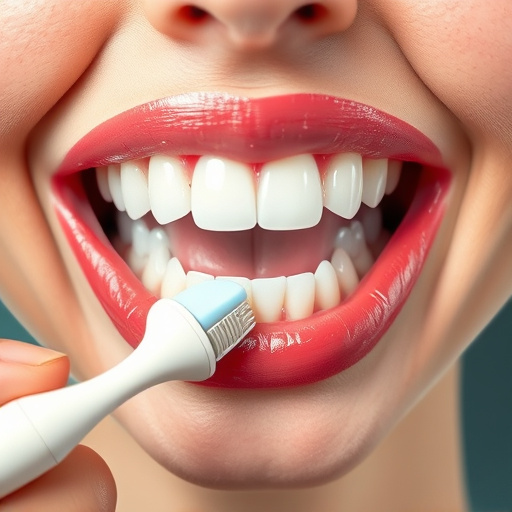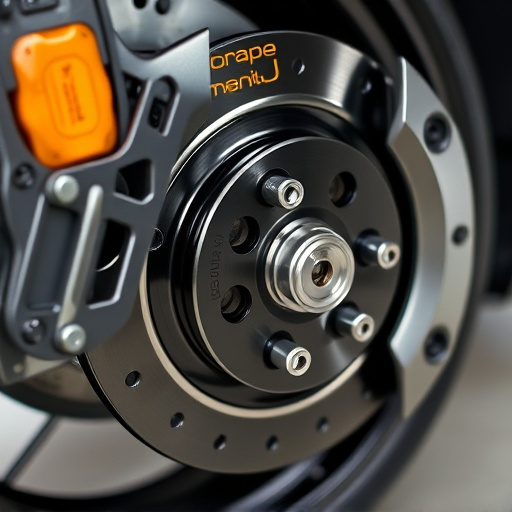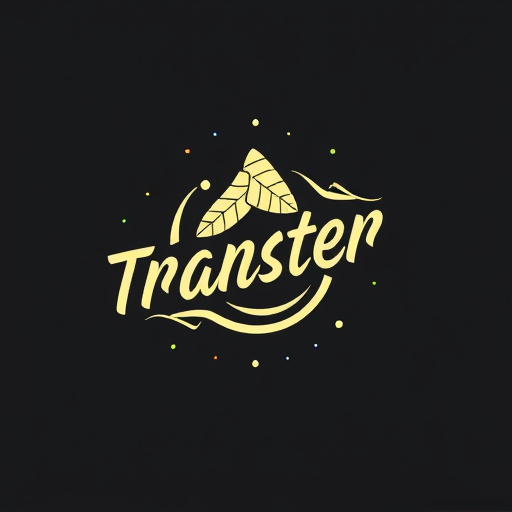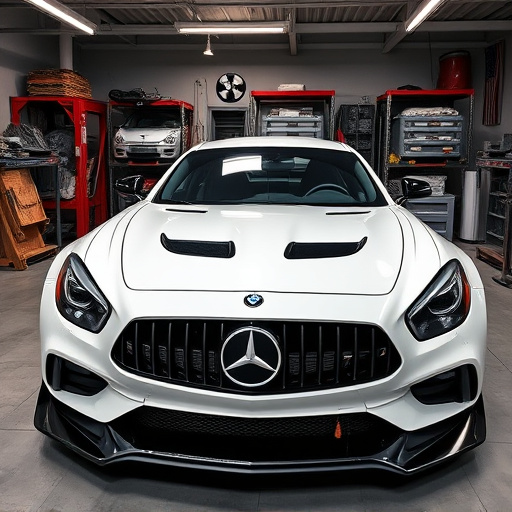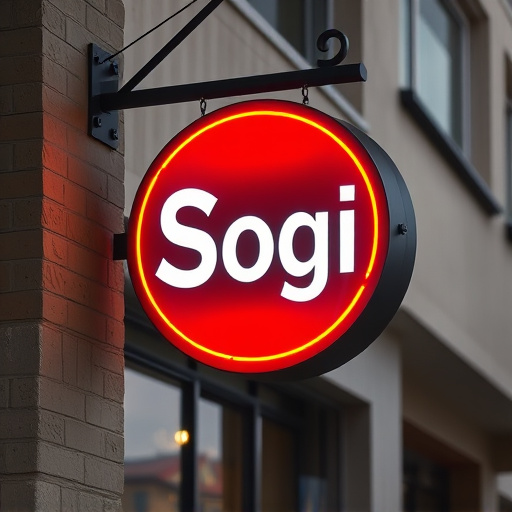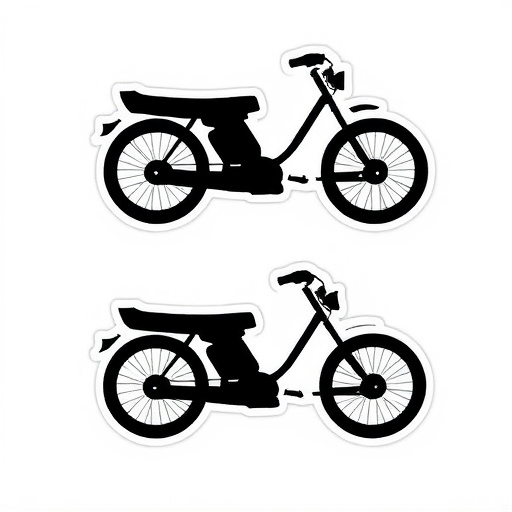Understanding material decay rates and regular testing are key to maintaining long-lasting protection for automotive detailing and window tinting. Proactive reapplication and surface inspections prevent damage from UV rays and weather. Proper storage in cool, dry places, protected from sunlight, ensures products' effectiveness and enhances durability.
Maintaining long-lasting protection for your assets or investments is a strategic endeavor. Understanding product lifespan and decay rates is crucial. This article guides you through essential steps, including regular testing and reapplication, proper storage, and handling, to ensure optimal long-lasting protection over time. By adhering to these practices, you can maximize the effectiveness of your protective measures.
- Understand Product Lifespan and Decay Rates
- Regularly Test and Reapply as Needed
- Store and Handle Products Properly
Understand Product Lifespan and Decay Rates

Understanding the lifespan of your protective products is key to ensuring long-lasting protection over time. Each material and finish has its own decay rate; high-quality finishes, be it automotive detailing or ceramic window tinting, are designed to withstand various environmental factors but won’t last indefinitely. Regular wear and tear, UV exposure, and cleaning methods can all contribute to the deterioration of these protective layers. By knowing the expected lifespan of your specific products, you can create a maintenance schedule that aligns with their natural decay rates.
This proactive approach allows you to replace or reapply protective coatings at optimal times, ensuring continuous defense against elements that could damage underlying surfaces. Whether it’s re-detailing your car’s exterior or reapplying window tint, staying informed about the expected lifespan and decay rates of these products is a crucial step in maintaining long-lasting protection.
Regularly Test and Reapply as Needed

Regular testing is a key component of maintaining long-lasting protection for your vehicle. Over time, various external factors such as UV rays, extreme weather conditions, and regular use can degrade protective layers. To ensure optimal protection, periodically inspect your vehicle’s surface for any signs of wear or damage. This includes checking for chips, cracks, fading, or peeling of wraps or coatings. Custom vehicle wraps, in particular, require regular maintenance due to their intricate nature.
Reapplication is a crucial step in sustaining the effectiveness of protective treatments like window tinting and scratch protection. Depending on the initial application and environmental conditions, you may need to reapply top coats, sealants, or new layers of wrap material every few years. For instance, while window tinting offers excellent scratch resistance, it can become less effective over time due to constant exposure to hands and objects. Staying proactive by testing and reapplying as needed ensures your vehicle remains shielded, maintaining its sleek appearance and protective benefits.
Store and Handle Products Properly

Proper storage and handling are key to ensuring your products provide long lasting protection over time. Begin by storing items in a cool, dry place, away from direct sunlight and heat sources. Many protective coatings and automotive detailing products, for instance, can be affected by UV radiation, so keeping them shielded from the sun’s harmful rays is essential. Additionally, handle products with care to avoid damage or contamination that could compromise their effectiveness.
Consider the specific needs of each product. Some may require refrigeration, while others should be stored upright or in a particular orientation to prevent degradation. By adhering to these best practices, you’ll not only maximize the lifespan of your protective coatings but also ensure they deliver consistent protection throughout their intended use, contributing to long-term durability and aesthetic appeal in applications like automotive detailing.
Maintaining long-lasting protection over time requires a holistic approach. By understanding product lifespan, regularly testing and reapplying as needed, and storing products properly, you can ensure optimal performance. These strategies work synergistically to deliver sustained results, guaranteeing that your protective measures remain effective for years to come. Embrace these practices for unparalleled long-lasting protection.
